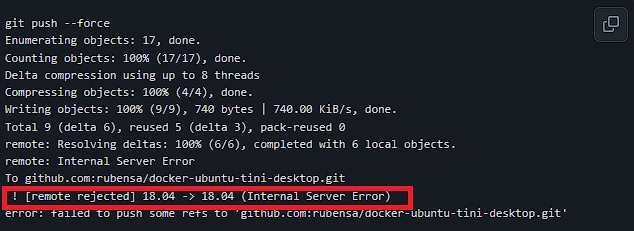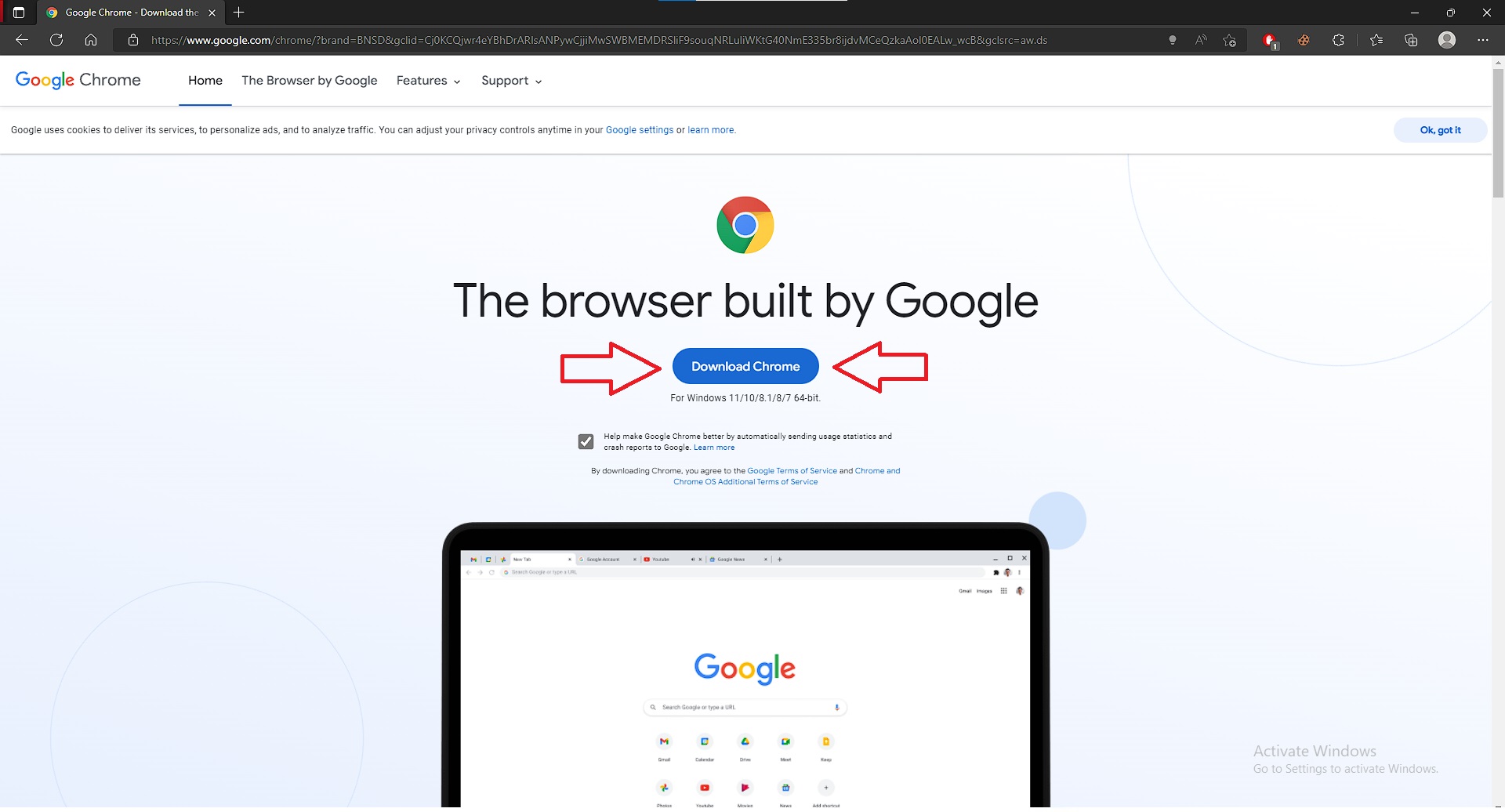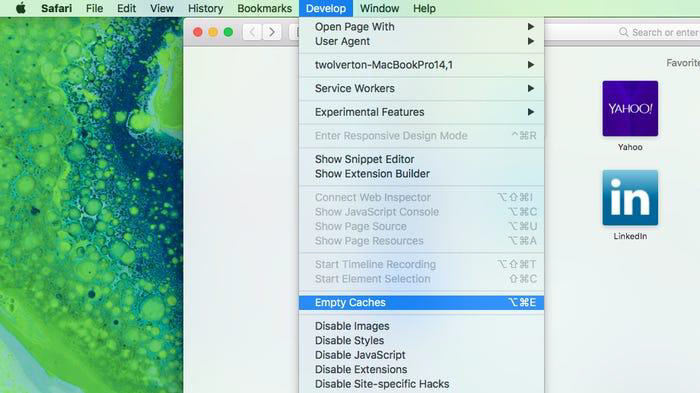Are you facing a GitHub remote rejected internal server error? Let me tell you the reason for this error; most often, your current browser is the culprit in causing this issue. This can happen due to a server connection issue between GitHub and your browser. So, try a different browser before following the below-mentioned steps to fix it quickly!

A code displays the Internal server error while pushing the code to GitHub. This error is displayed differently based on how each device processes it. Some error codes listed below indicate that the error you’re facing is an internal server error and not some other:
- 500 Internal Server Error
- HTTP 500
- Internal Server Error
- HTTP 500 – Internal Server Error
- 500 Error
- HTTP Error 500
- 500 – Internal Server Error.
- 500 Internal Server Error. Sorry, something went wrong.
- 500. That’s an error. There was an error. Please try again later. That’s all we know.
- The website cannot display the page – HTTP 500.
- I am currently unable to handle this request. HTTP ERROR 500.
The error messages can differ as the problem is diagnosed at the server’s end. The text varies based on the computer code and the browser’s internal communication.
Key takeaways
- The error is related to the site’s server while transferring the code to GitHub because of the server site’s issue.
- To fix this, try a different browser, reload the webpage, clear your browser’s cache, delete your browser’s cookies, and access the website from a different location.
- If nothing helps, then contact the website’s administrators.
Even though the error is temporary and will mostly disappear after some time, some quick fixes can help you get the site up and running. These fixes are helpful if you are short on time and need to push that code quickly onto the site:
Trying Out A New Browser
More often than not, your current browser can be the culprit in causing this issue. This can happen due to a server connection issue between GitHub and your browser. So, according to my experience, you can resolve it by temporarily switching to a different browser, where this issue will be nonexistent. You can do so in the following steps:
- Type in the preferred browser’s name in Google’s search bar.
- Click on the official site.
- Press Download Now once the site loads, and choose the version that best suits the structure of your current windows.
- After downloading the setup, open its file and click Yes when asked to allow it to change your system.

To make it easy, I have compiled a list of websites where you can download the latest versions of some of the most popular browsers:

Reloading Your Webpage
As I mentioned above, the error is likely temporary, so reloading the webpage can fix the issue as the connection is reestablished between the browser and the webpage. To reload a page, follow the steps below:
- Open the webpage
- Click the Refresh icon.
Clicking on the “reload” icon will refresh the webpage. Image Credit (Emopulse) - Alternatively, press F5 or Ctrl + R on your keyboard (Windows).
- For macOS users, press ⌘ + Shift + R.
Clearing Your Browser’s Cookies And Cache
I addressed many website-related issues by clearing the browser’s cache. Although this step solves the error on a particular website, clearing your browser’s cache is generally a good idea. It helps the browser run smoothly and protects your privacy by removing unwanted prying eyes on your data. Also, it will clear any previous settings that you may have applied to GitHub that may be responsible for this issue.
1. Windows Users
For window users, click here to clear the browser’s cache.
2. macOS Users (Safari)
- Firstly, click on the Safari tab on top and choose Preferences
- Click Advanced > Show Develop menu in the menu bar.
- Choose the Develop tab in the Safari bar
- From the dropdown menu, click on Empty Caches.
- Deleting Cache on Safari.
Contacting The Website’s Administrators
Most of my team members say there is a problem with Github, which other users have also reported on Reddit. With an error of such nature, it is highly probable that the developers know about it and are working on a fix. However, there is also a possibility that the developers may be unaware of this issue. If this is the case, be sure to play out your part and register a complaint at GitHub’s official site so that the developers notice this problem as soon as possible and work on getting a viable fix.
Accessing The Website From A Different Location Using A VPN
There is also a possibility that the Remote Rejected Internal Server error is a geographical issue for you. In this case, one of my team members leveraged a VPN to work around this error. Using a VPN, you can connect with GitHub from another location that might not be having this issue and be able to use GitHub’s services as usual.
To be able to do so, you will first require a VPN. However, if you do not have one, I emphasize that you get one, as it might help you with this issue and is an excellent tool for your privacy and data integrity. The Internet is one of such threats, and having a cheap monthly VPN subscription is the least you can do to fend them off.
Final Verdict
The issue was mainly faced by users while transferring their code to GitHub. The internal server error from the remote means something is wrong on GitHub’s end. These could be various things; however, what is known is that the error leads to the push being rejected. Although it can represent an outage at GitHub most of the time, other times, the issue could be entirely different by being at your end.
Moreover, this error can occur randomly at times you wouldn’t want it to. Hence, this website called Downdetector tells you whenever a website is down or having problems. If the above-linked website fails to open, you can check GitHub’s status on Twitter, where users are updated quite frequently.
Here are some other guides on:
Good job! Please give your positive feedback
How could we improve this post? Please Help us.

